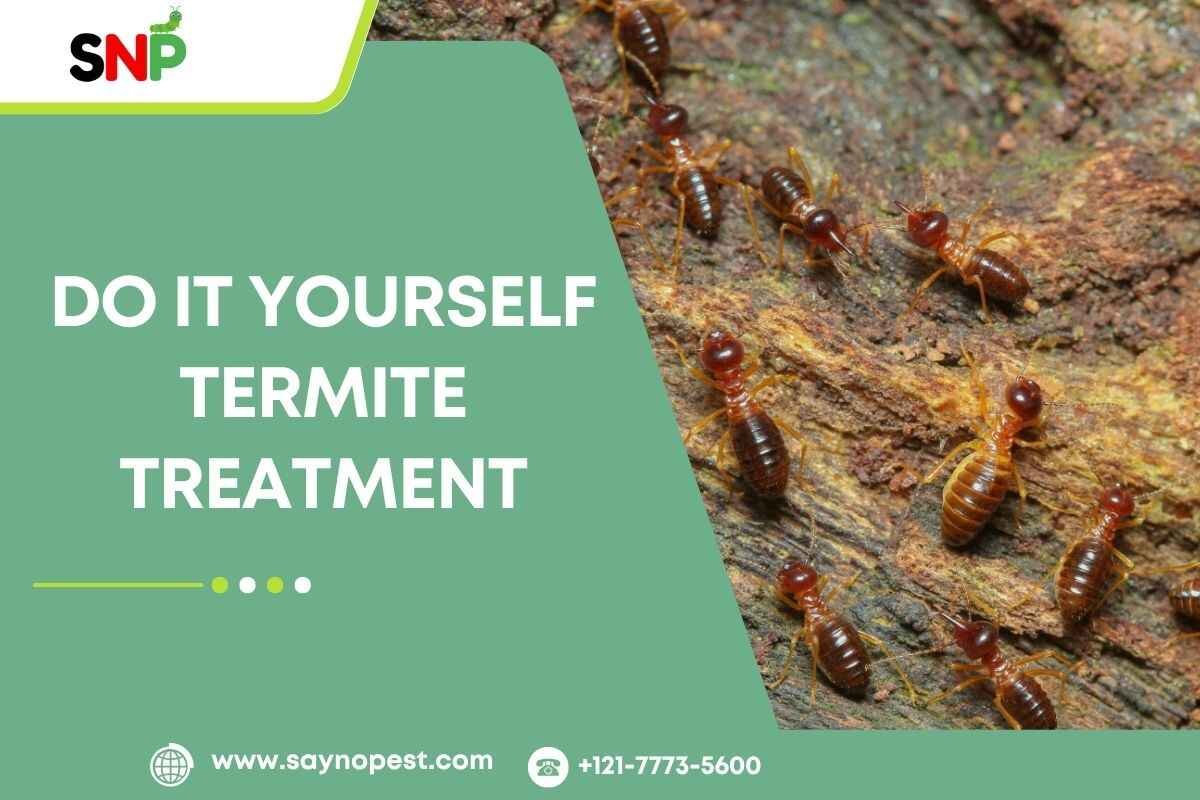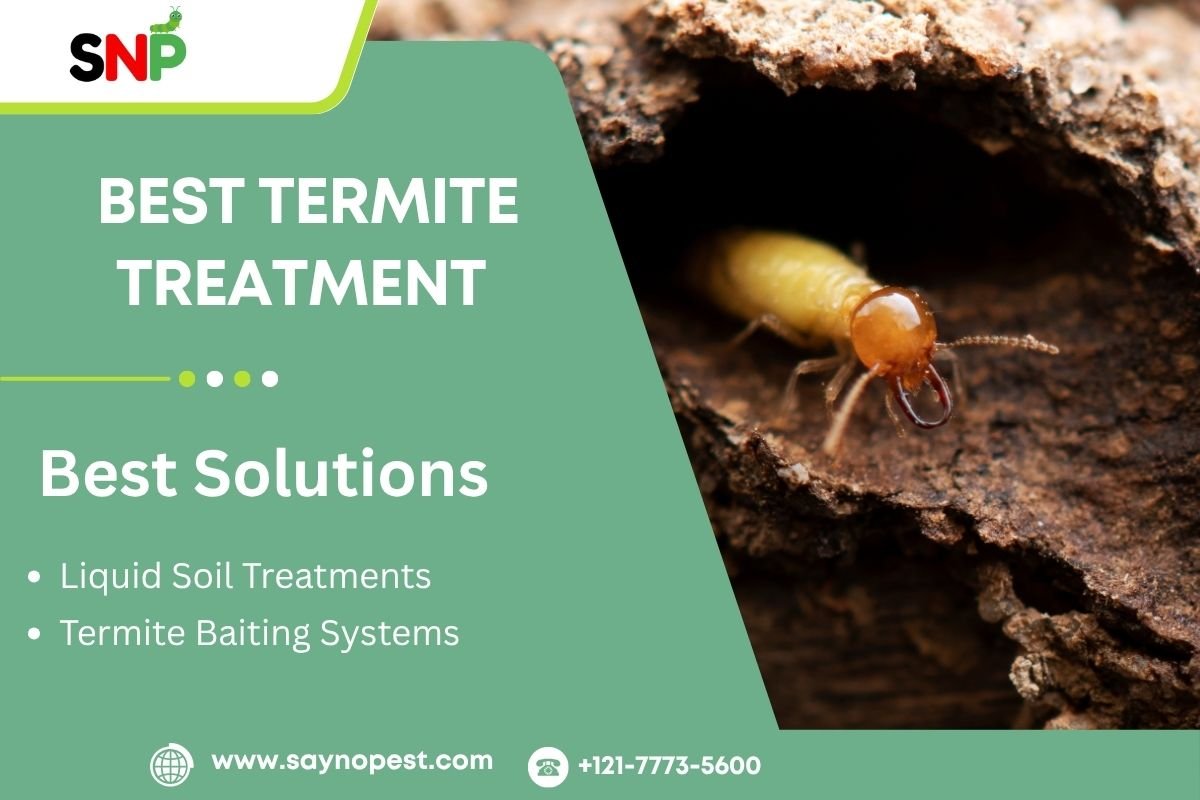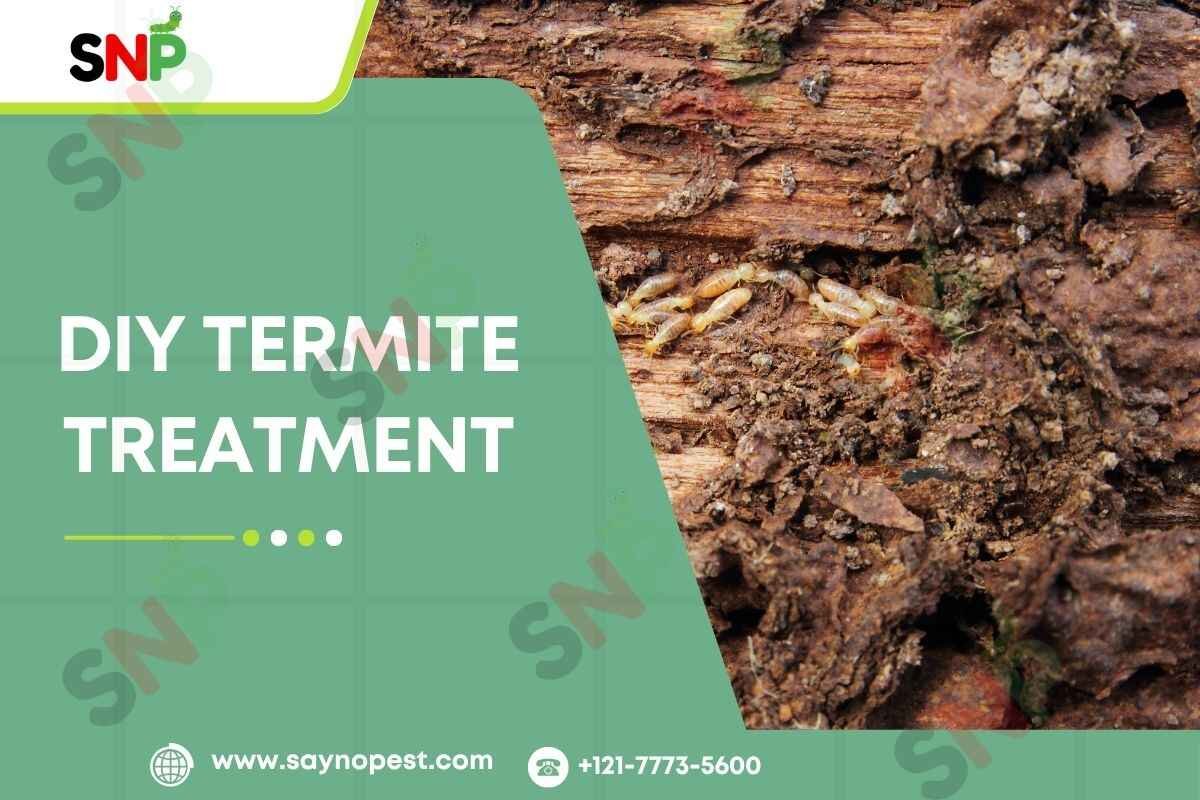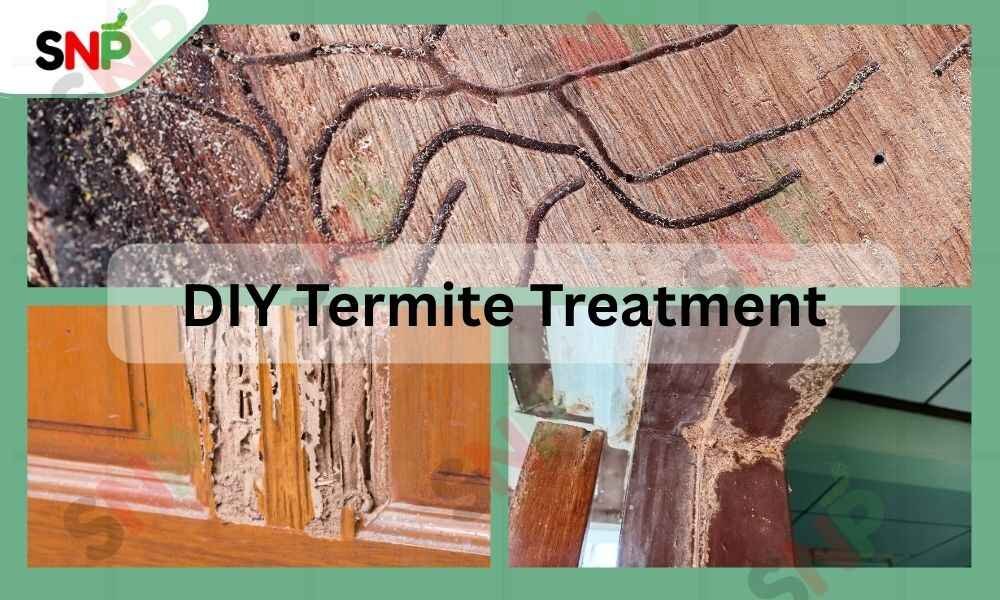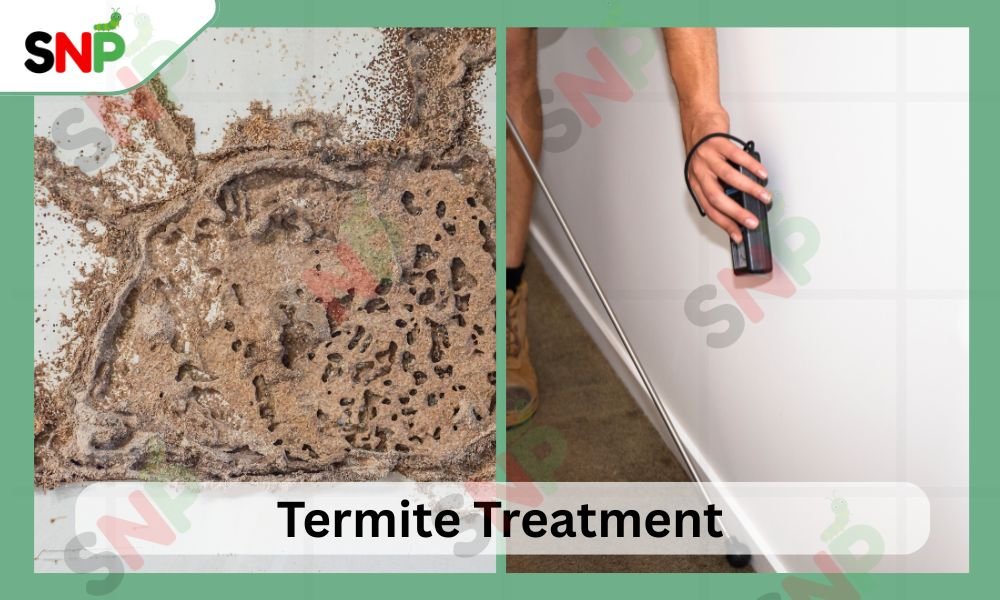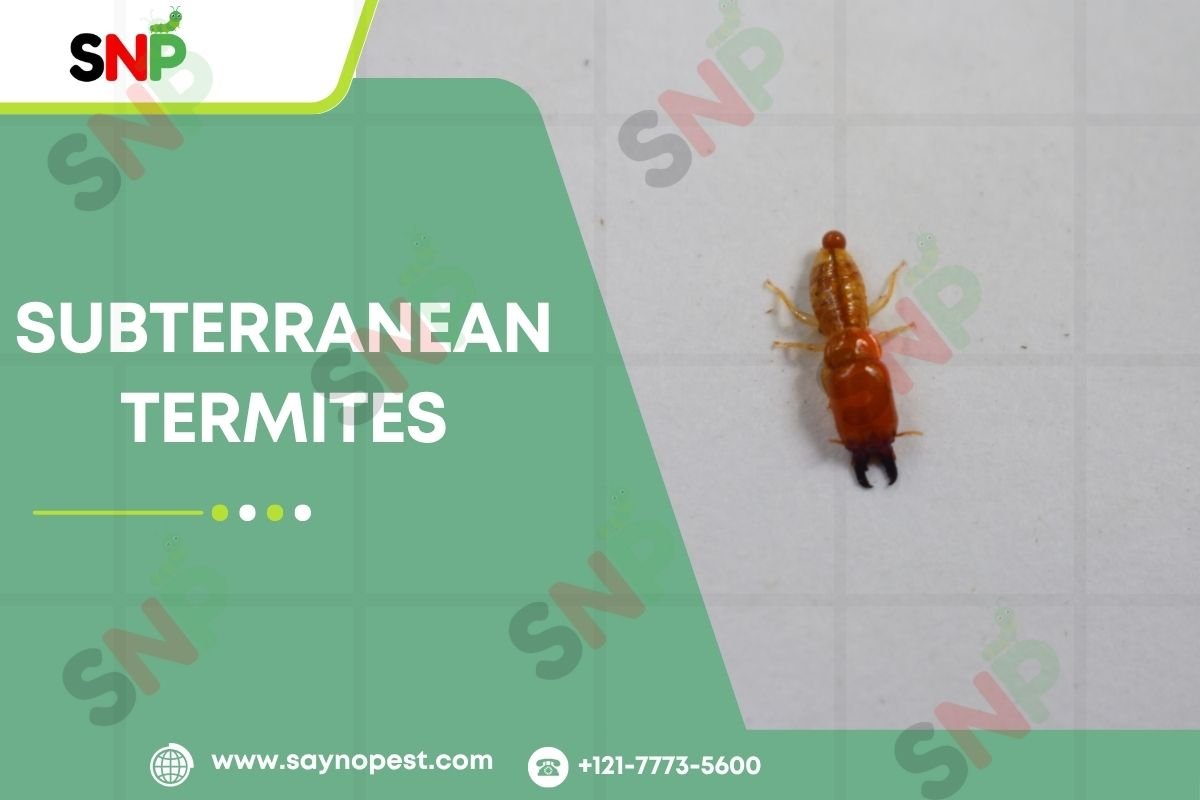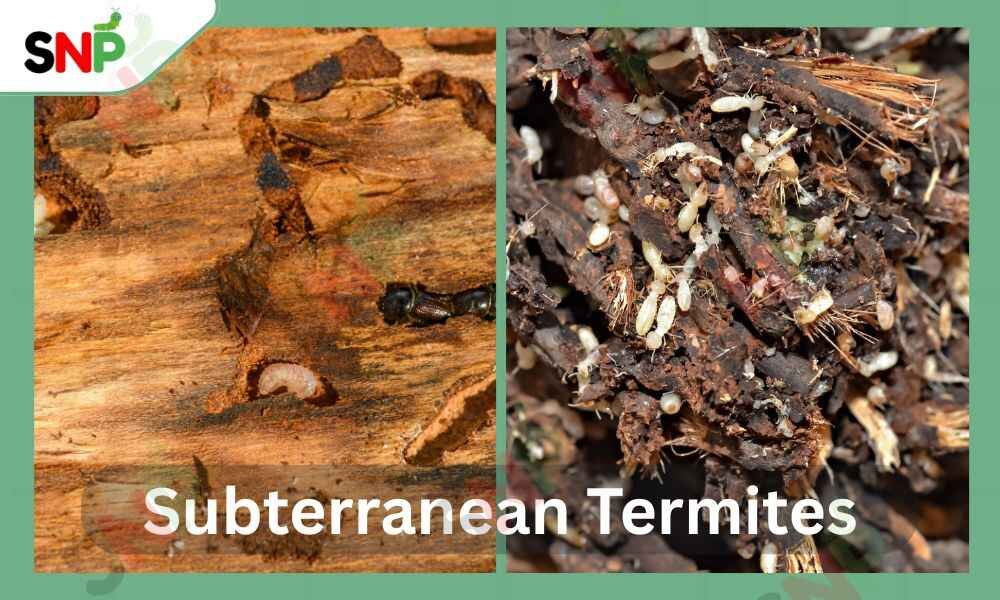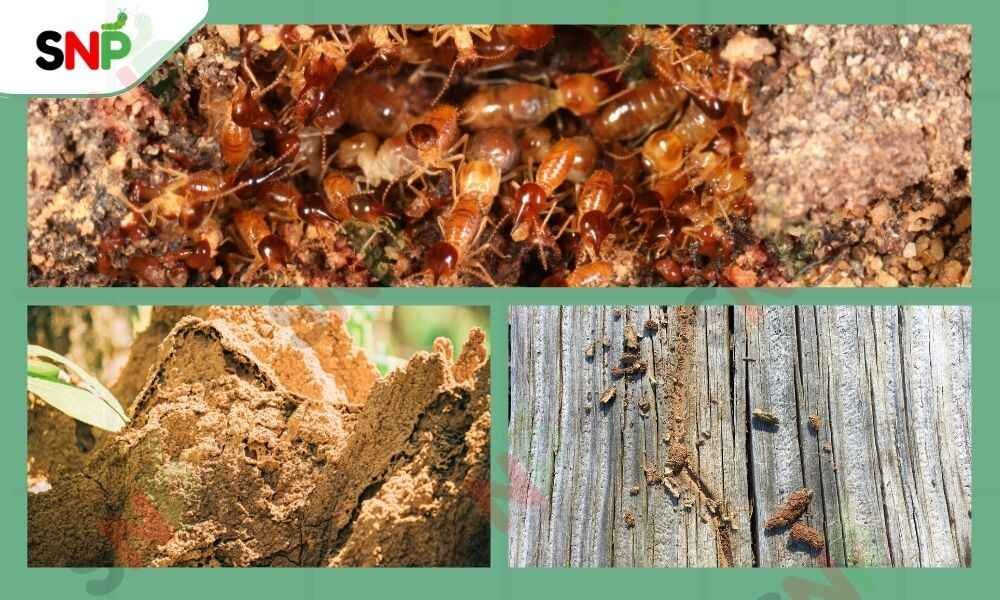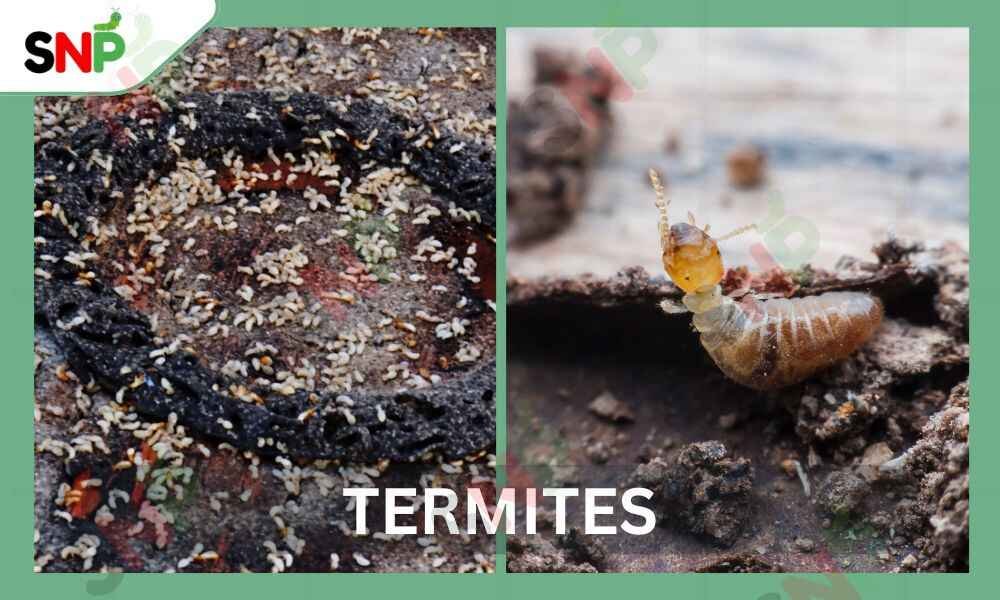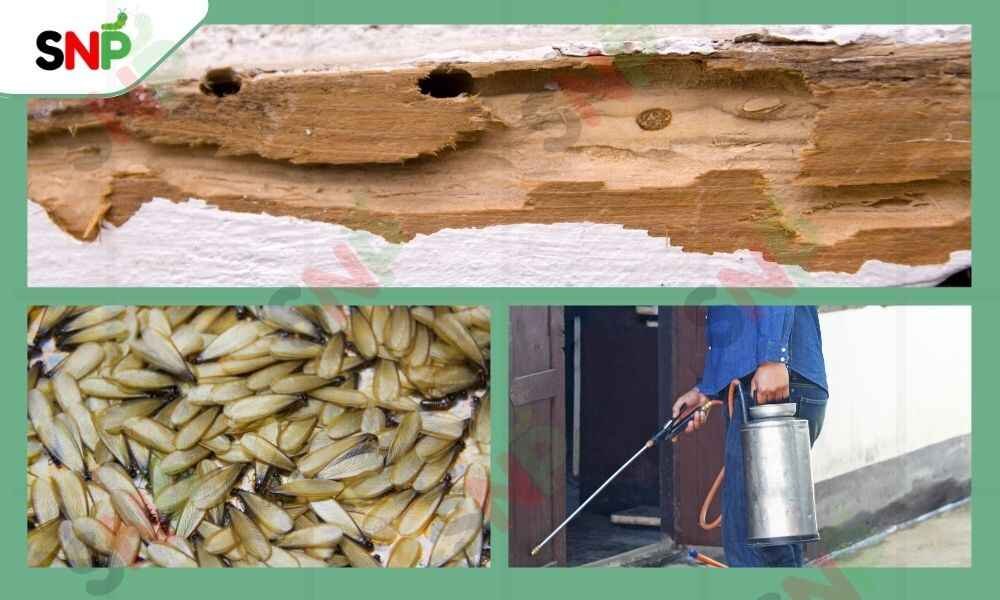Termites are a homeowner’s worst nightmare — they silently cost people across the United States billions in property damage each year. While professional pest control is do it yourself termite treatment in order to defend their homes, cut costs, and act fast. In this blog, we’ll talk about what it is, the best methods for pest control, natural remedies for pests, and practical tips for the American audience on how to make soil clean of termites.
What is Do It Yourself Termite Treatment?
Do it yourself termite treatment is the act of homeowners employing various techniques and substances to control or kill termites in their houses without professional pest exterminators. This procedure is best for milder infestations or as a prevention measure. The key idea is to eliminate termite activity before it spreads by using tools like termite spray, baits, and home solutions that are easily available. Nonetheless, it’s good to be aware that while DIY Termite Treatment methods are still effective for minimal infestations, they may not be enough to solve large, invisible colonies of termites.

Termite Spray Used in Do It Yourself Termite Treatment
One of the most frequently used implements in the execution of do it yourself termite treatment is termite spray. They are developd to destroy the termites found at the site as well as make a defence barrier around your home. The termite spray products that include fipronil, imidacloprid or bifenthrin are as powerful as those used by experts, for instance, Termidor SC and Taurus SC.
If you want to apply termite spray to the ground for soil treatment:
- Dig a trench approximately 6 inches deep and the same width around your house’s foundation.
- Place the diluted termite spray in the trench according to the recommended dosage.
- Further, fill the trench with soil.
In case of direct wood treatment or if there are visible infestations, you should use the termite spray products on the wood, furniture, or entry points that are affected. Make sure to heed safety instructions and wear protective gear always.
Home Remedies for Termites: Natural DIY Solutions
Home remedies for termites are a great way to manage your termite problem without using chemicals. They are most effective in the early stages of an infestation or when it is a minor problem. The following proven method:
Neem Oil
It has insecticidal properties naturally. The simplest application is to inject the neem oil into the attacked wood or use a spray to cover the affected parts. Among others, the effects of the foul smell of neem oil and the cocktail of its bioactive compounds lead to a decrease in the number of termites effectively.
Orange Oil
Contains d-limonene, a terpene that kills termites instantly. Apply it to the infested wood or even inject it into the termite nest as a solution to your problem.
White Vinegar and Lemon Juice
To destroy termite trails or the trapped wood, use standard white vinegar and lemon juice (in the same amount). Such a solution is very acidic, and it will both kill termites and protect your wood from new infestations.
Boric Acid (Borax)
Such a powder, when sprinkled or sprayed on gets rid of termites by dehydrating them into dehydration. In particular, along the list of termites, it is a must-have thing to employ once more the DIY approach to termite treatment.
Salt Solution
Another instant home remedy is to flush termites out of their hiding places. As a drill, this means that you are going to make a mixture of salt and water to spray, in such a practice, save time and effort.
Diatomaceous Earth
It is the natural powder made with small fossil algae. When it touches a pest, it scratches up their outer shell, causing them dry out from the inside, which kills them.
Wet Cardboard Trap
If they standing or walking they do, in search of, they are trap in wet cardboard. It is now very easy to get them out of your way. The fact is that termites are attract to cellulose in cardboard. To know when it’s necessary to dispose of it, simply watch the rise in the number of termites on the cookie.
These home remedies are efficient and harmless to people, so no regulatory measures are required from you, and you can repeat the process as many times as you want.
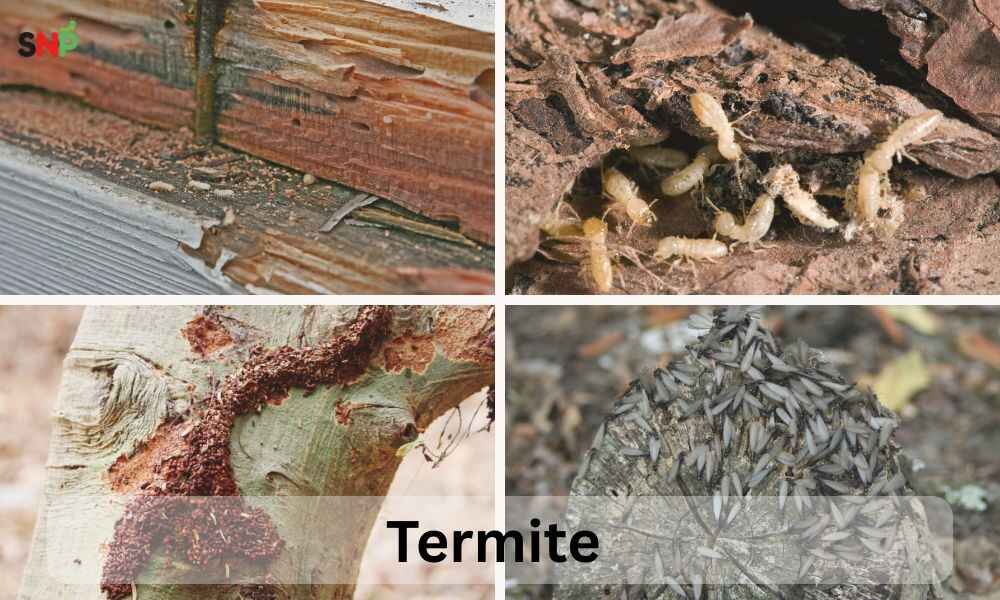
How to Get Rid of Termites Naturally
Wanting to learn ways to get rid of termites without harmful chemicals? Let’s look at a step-by-step guide for the best DIY termite treatment methods.
- Examine your home for signs of an infestation, including tubes in the mud, damage to wood parts or old wings close to windows and doors.
- Try treating the pets with associated chemicals such as neem oil, orange oil, or spray vinegar on them. If you find soil termites, try using nematodes—tiny worms that can control them.
- Place Cardboard Traps: Slanting wet cardboard attracts termites, which you should eliminate when found.
- Place diatomaceous earth or boric acid in the gaps and entryways of your home.
- Make Sure Your Home is Dry: Termites like moist environments. Repair any leaks and allow easy airflow inside and outside your home.
- Treatment with natural remedies is most successful when you repeat it a few times.
They may not be suitable for major problems, and sometimes a professional will need to get involved. Even so, you can follow these steps to naturally get rid of termites as part of your usual home routine.
Conclusion
If people know about it, they can handle termite infestations, and the procedures are labelled do it yourself termite treatment. It lets one take the situation of their house into their hands by opting for accessible, natural, and mostly effective solutions. If you have termite spray at home and know the home remedies for termites well, there will be no issue in the case of minor attacks, and you might as well save the house from costly damage. The thorough knowledge of how to get rid of termites naturally equips not only our houses with safety but also gives us the advantage of a clean and healthy home. It is advisable to see a professional in case the problem is too big to handle, so as not to put the house’s durability in danger.
Give an effort now to these do it yourself termite treatment strategies that won’t just save you time and money but also let you know shocking facts about the termites.
